"How much should you spend on a motherboard?" — perhaps every PC builder has grappled with this question at least once. The thing is, while motherboards don't directly contribute to your PC's performance, you can't simply grab the cheapest one on the market. There's always a balance to be struck, but you shouldn't spend a premium on pointless motherboard features you'll never use. I have my list of needless features that will never justify splurging on an expensive motherboard. So, let's get into it.
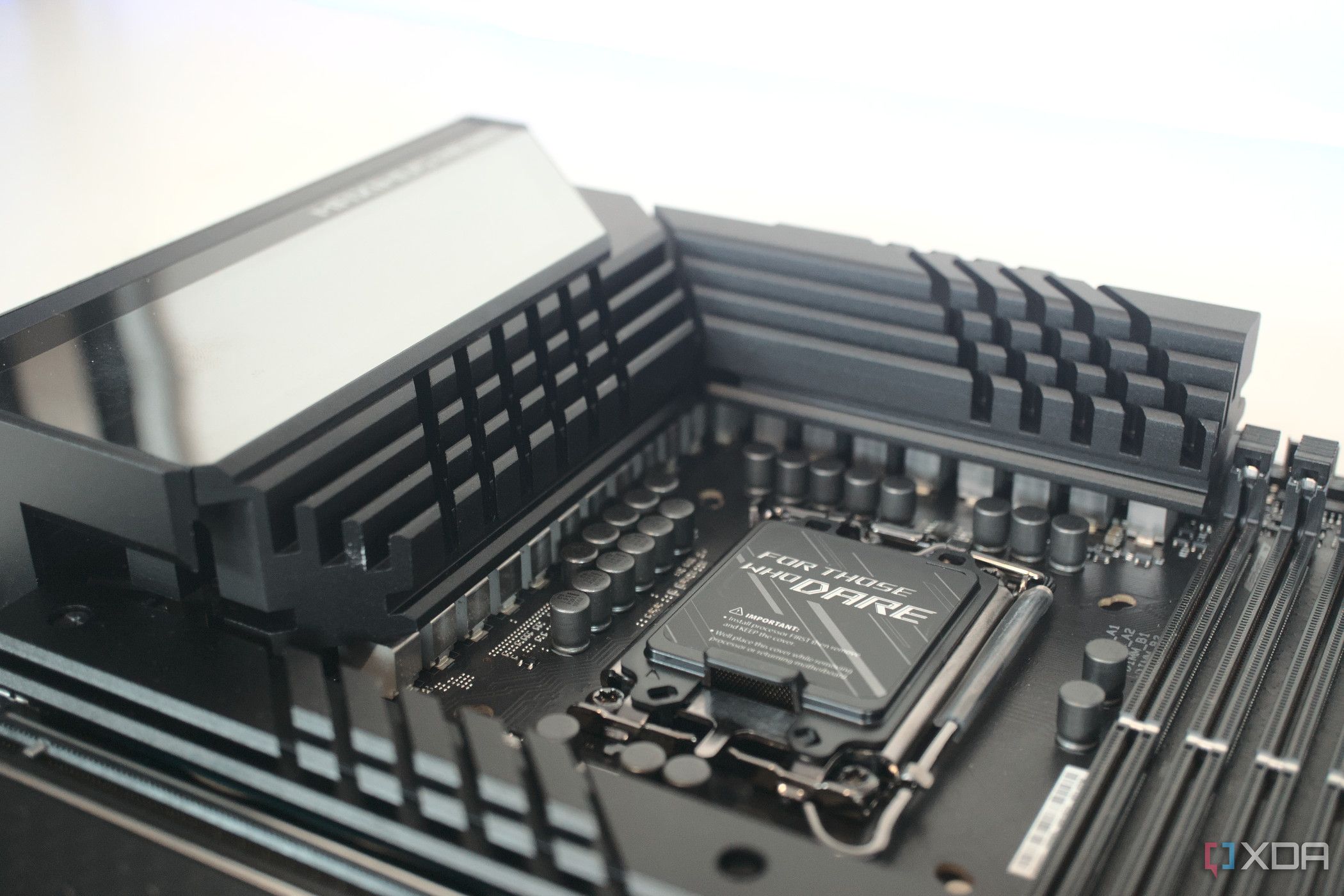
Related
Are high-end motherboards actually worth the expense?
It always depends on how much value a high-end motherboard has for you
5 All-white PCB
Ditching the all-white esthetic
I've been guilty of valuing white motherboards more than their black-themed counterparts. I always wanted an all-white PC, and installing a white motherboard is just the cherry on the cake in such a build. However, over time, I've fallen out of love with white-themed motherboards, and the biggest reason is that I don't get to see the white PCB that I'm paying a premium for.
As components get bigger every year, they tend to hide most of the motherboard from view, so whether it's black or white doesn't matter, except for maybe a difference in how the RGB lighting gets diffused inside the PC. While you could find a white-themed motherboard priced similarly to comparable options, there are enough boards on the market that demand a premium for the feature. Unless I'm working with an open-air build, I won't pay extra for the privilege of owning a white motherboard.
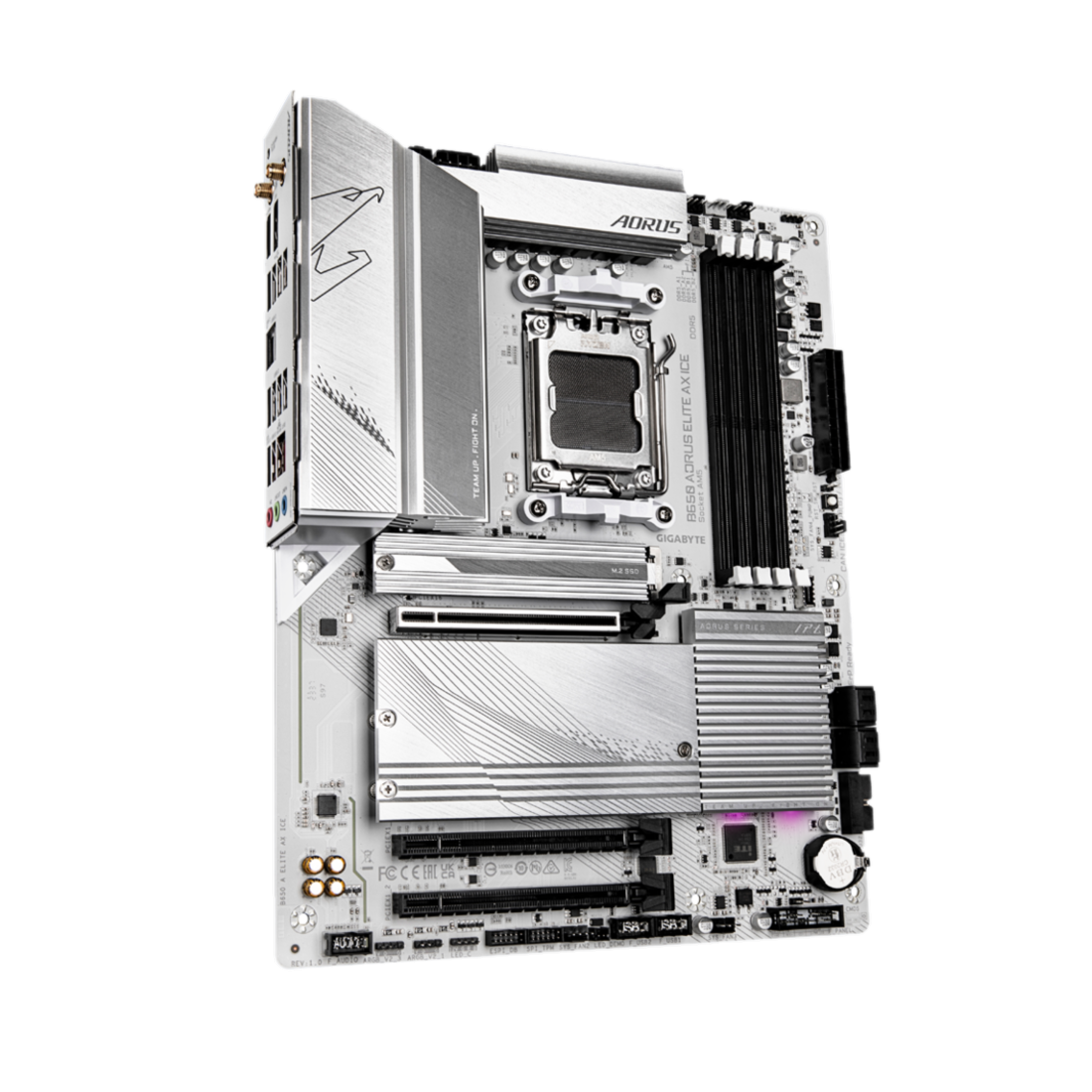
The Gigabyte B650 Aorus Elite AX ICE offers premium aesthetic and great features at an affordable price.
4 10Gb Ethernet
I don't even need 2.5GbE right now
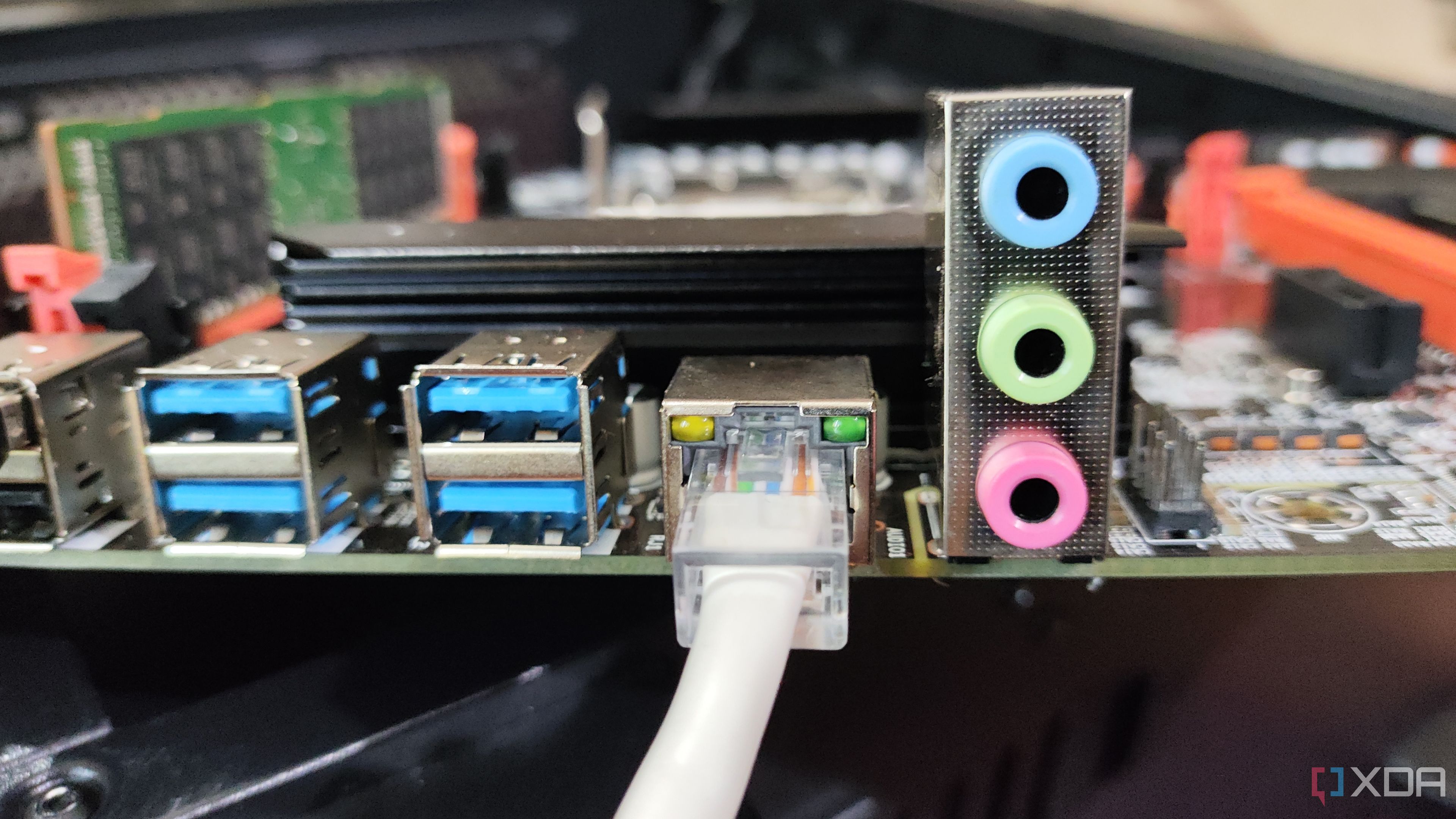
Let's be real: most people don't know what to do with 10Gb Ethernet. I bet 99% of users will be just fine with Gigabit Ethernet on their PC. It's fast enough for the average internet plan in the US, which is still 200–300Mbps. I have a 200Mbps plan for my home network, and have never felt the need for faster download speeds or lower latency. I currently enjoy around 30MB/s download speeds, and don't see myself upgrading to a 1Gbps connection anytime soon.
Even though my motherboard has a 2.5GbE port, there's no reason to pay for an expensive internet plan to saturate it. I don't have a NAS yet, so 5GbE or 10GbE ports make no sense to me. 10GbE networking might be relevant for home lab users and those who can afford blazing-fast internet, but most people (like me) can go for years with 1GbE or 2.5GbE ports.
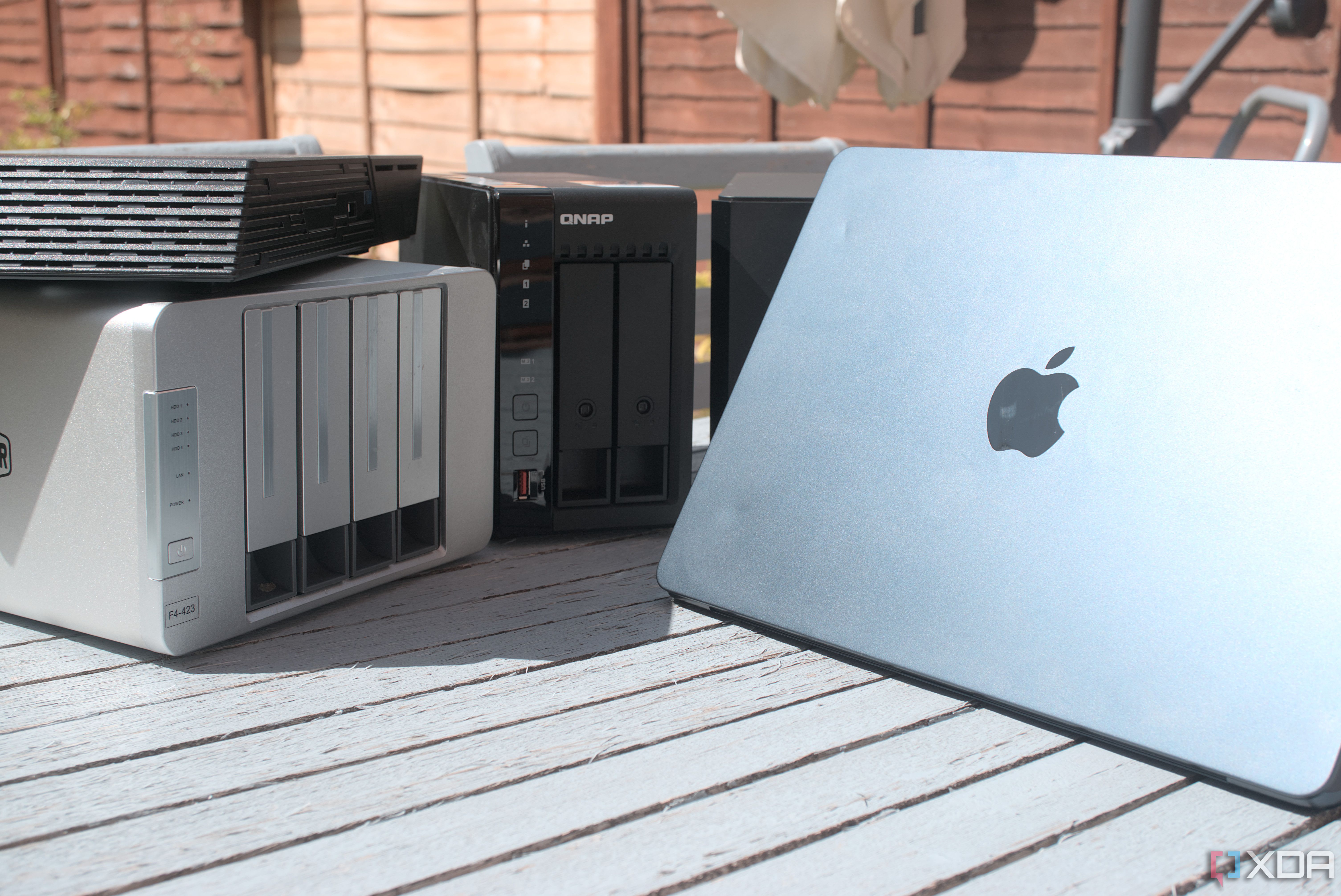
Related
5 reasons why everyone should have a NAS
If you're looking at building or buying a NAS, these are five reasons why i think you absolutely should.
3 7-segment debug display
It's nifty, but I don't need it
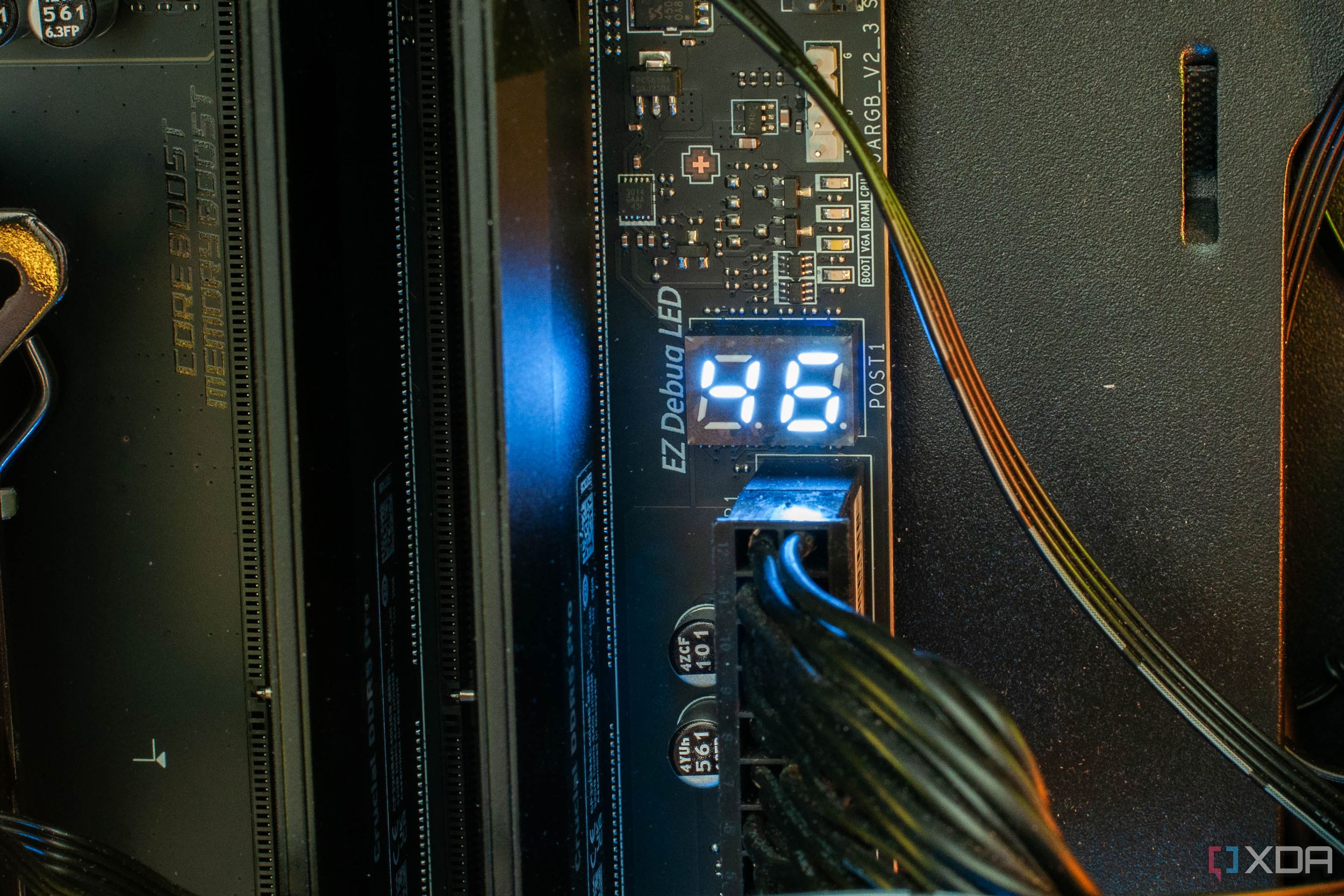
I know many of you swear by it, but I don't see the need for a 7-segment debug display on any of my PCs. Debug LEDs are just fine for diagnosing the rare hardware malfunction, but anything more is still a nice-to-have, not a must-have. I've been diagnosing PCs the old-fashioned way (without any LEDs or displays) for decades now, so I'm set in my ways. Sure, some help from the motherboard is always appreciated, but I'm not paying extra for it.
You don't find 7-segment displays on motherboards in the budget or mid-range segments, so you'll definitely be paying a premium if you opt for the feature. For the less hands-on PC builder, it can be a useful addition, but experienced builders can do just fine without it, especially if there's some money to be saved.
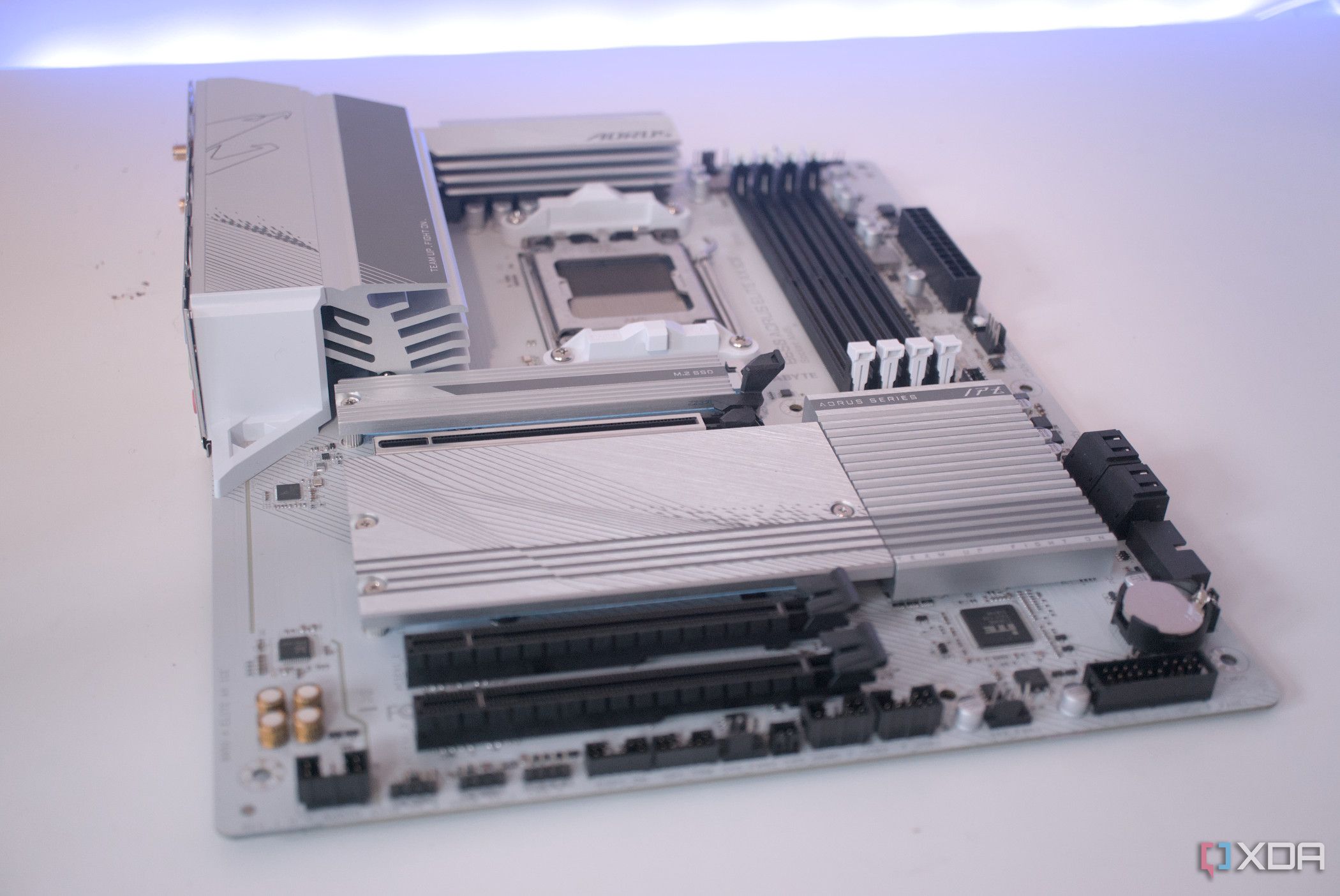
Related
7 underappreciated features on a motherboard
You might be able to do without them, but they're extremely convenient
2 Premium audio chipset
Thanks, but no thanks
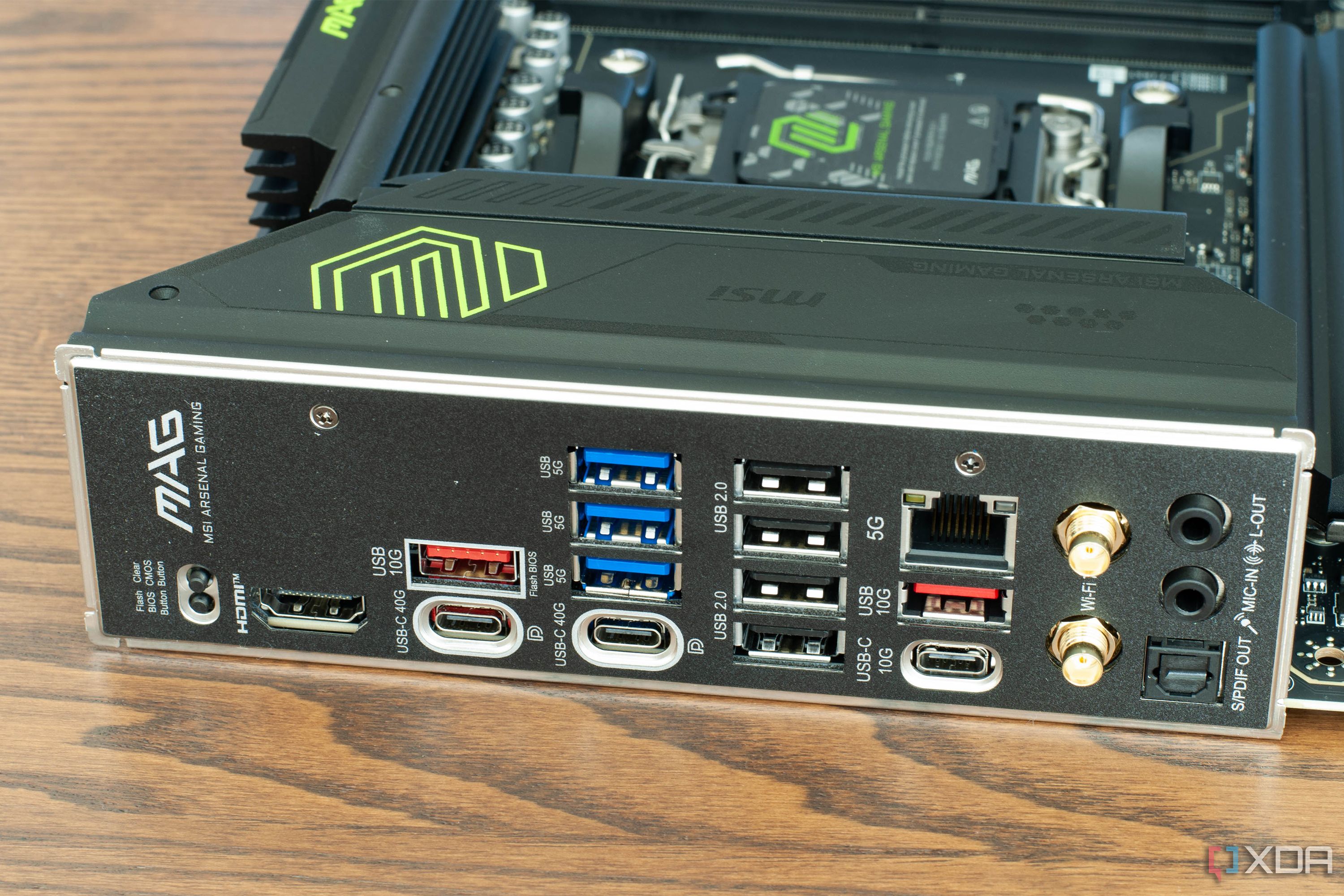
Premium audio is one of the best ways motherboard manufacturers trick you into overspending. High-end audio chipsets or "studio-grade audio" are pointless to everyone but audiophiles, and even they know better than to use onboard audio. If you really care about the audio quality on your PC, you'll probably invest in an external DAC anyway, so any "high-end" integrated DAC on the motherboard becomes redundant.
A high-end audio chipset will improve the audio quality on your motherboard slightly, but to the average user, that doesn't mean much. I'm perfectly satisfied with the way my wireless headset handles the audio coming from my PC, so I'm clearly not the target segment for this feature. When I eventually get into video production and managing my YouTube channel, I'll probably care about audio quality, but I'll invest in an audio interface or a DAC instead of a premium motherboard.
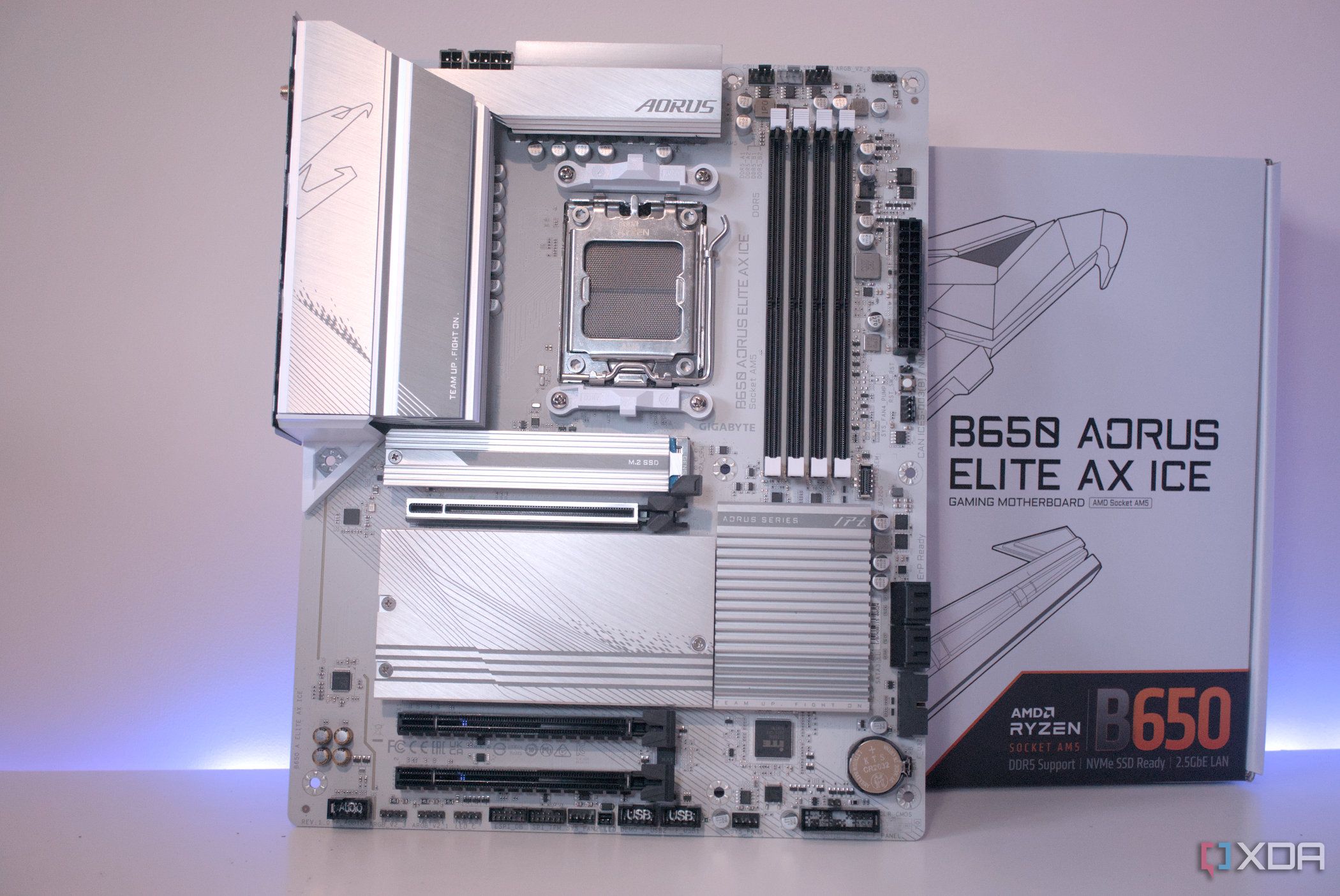
Related
The only 8 features to care about on a new motherboard
Everything else will probably be there on a new motherboard
1 Overkill VRMs
Let's not pretend we're all overclockers
Motherboard VRMs are yet another way manufacturers try to oversell the importance of a motherboard to the average user. Sure, having a quality VRM is necessary to supply clean power to your components, but you rarely need anything more than a mid-range motherboard to do that. An 8 or 10-phase VRM design is enough for most users, and you get more than that on the average mid-range board anyway.
The only people who need 16 or 20-phase VRMs on their motherboards are enthusiasts looking to push their flagship CPUs to the extreme. These motherboards can cost around $500 or even more if you really want to splurge. CPU overclocking isn't what it used to be, so unless you have a reason to push a high-end CPU to the limits, you'll be fine with a budget or mid-range motherboard.
I'm clear about what I want on a motherboard
When I'm shopping for my next motherboard, I'll look for a specific set of necessary features that will allow me to make it last for around 5 or 6 years. I won't waste my time or money worrying about elaborate VRMs, premium audio, or 10Gb Ethernet. I don't want to spend more than $200–$250 on a motherboard, so I'm limiting my consideration set from the outset. If you're building a gaming PC in 2025, and opting for a 6-core CPU and a mid-range graphics card, you shouldn't spend over $200 on your motherboard — you can even get a white motherboard for that amount.
.png)
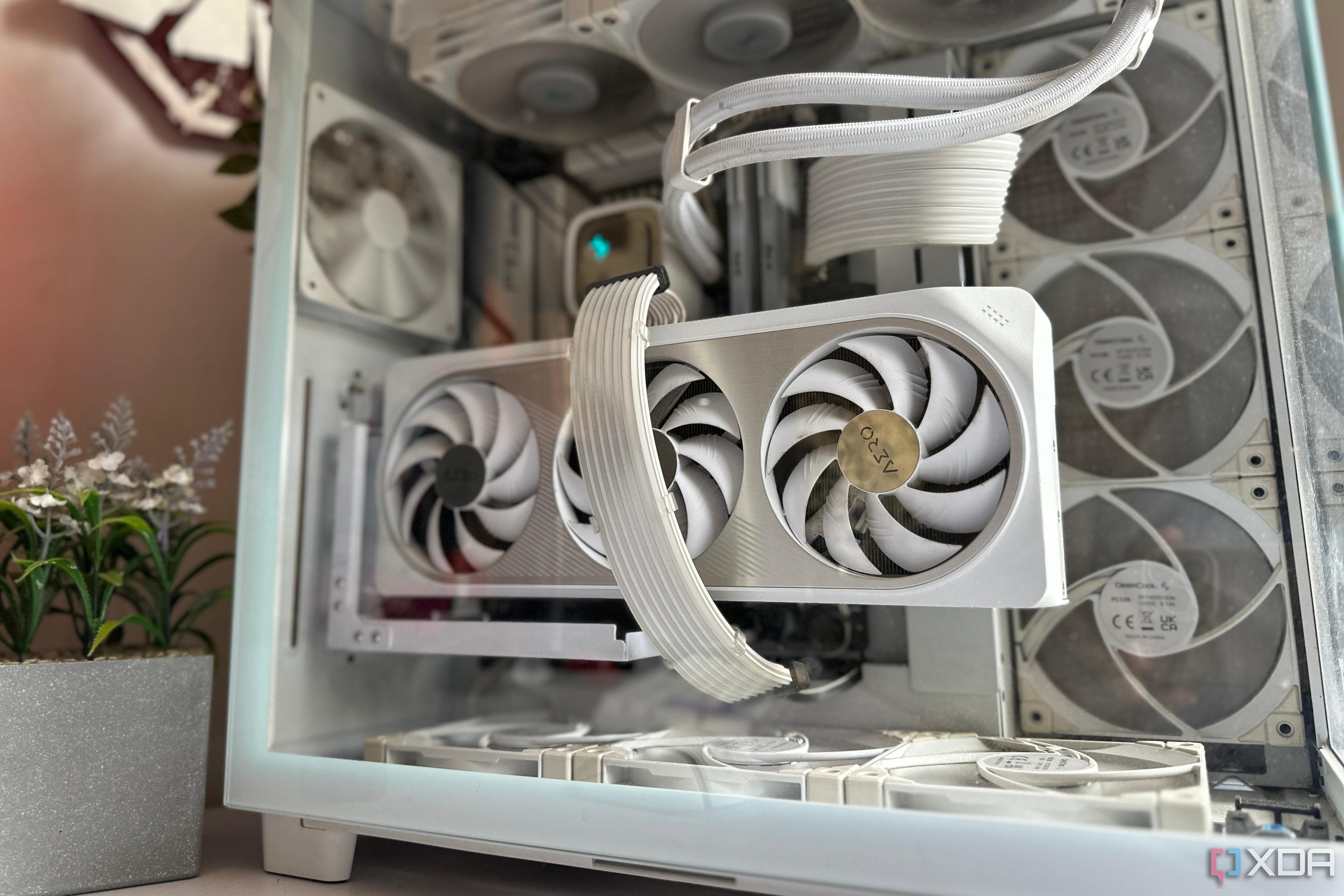
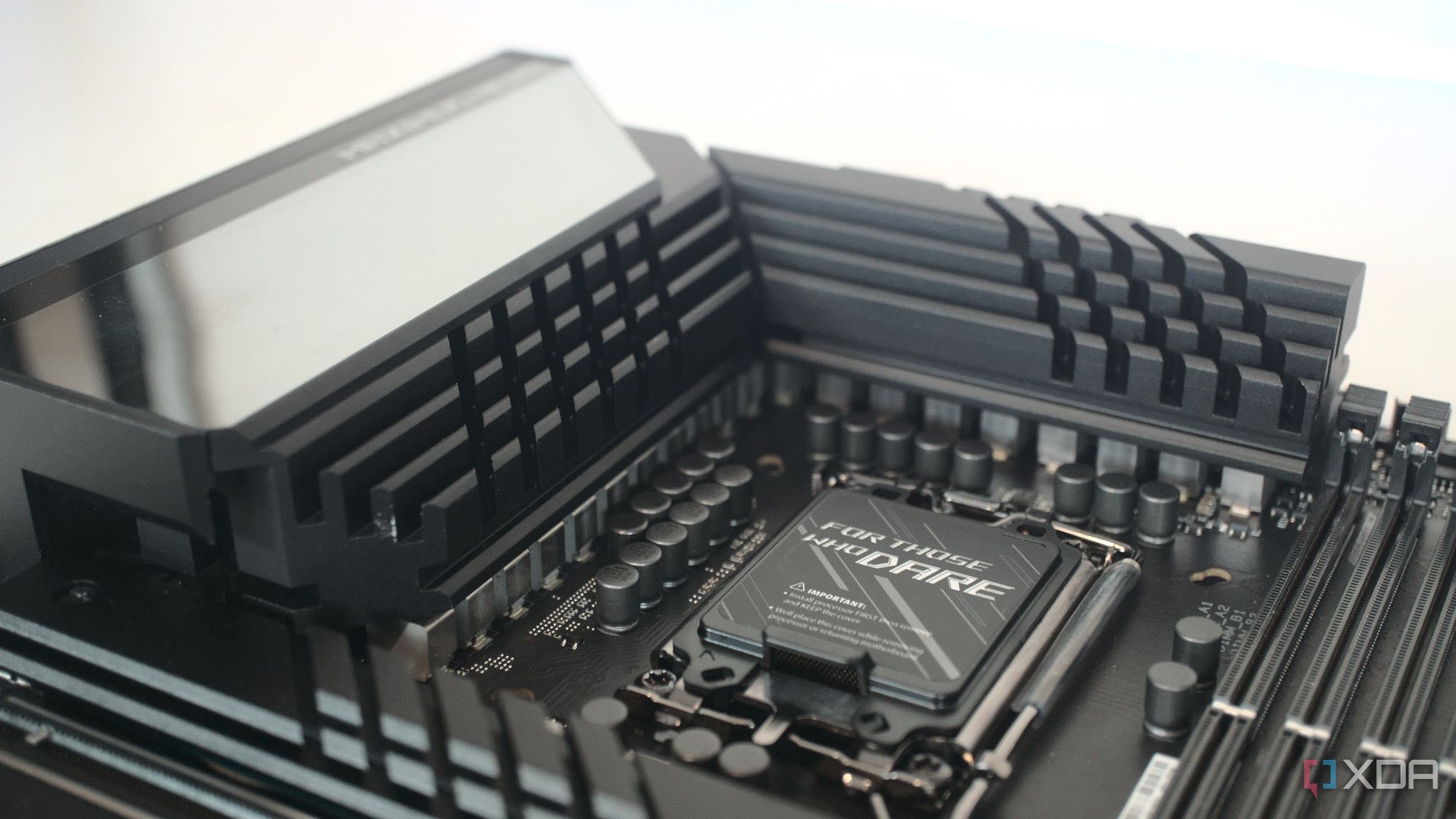










 English (US) ·
English (US) ·